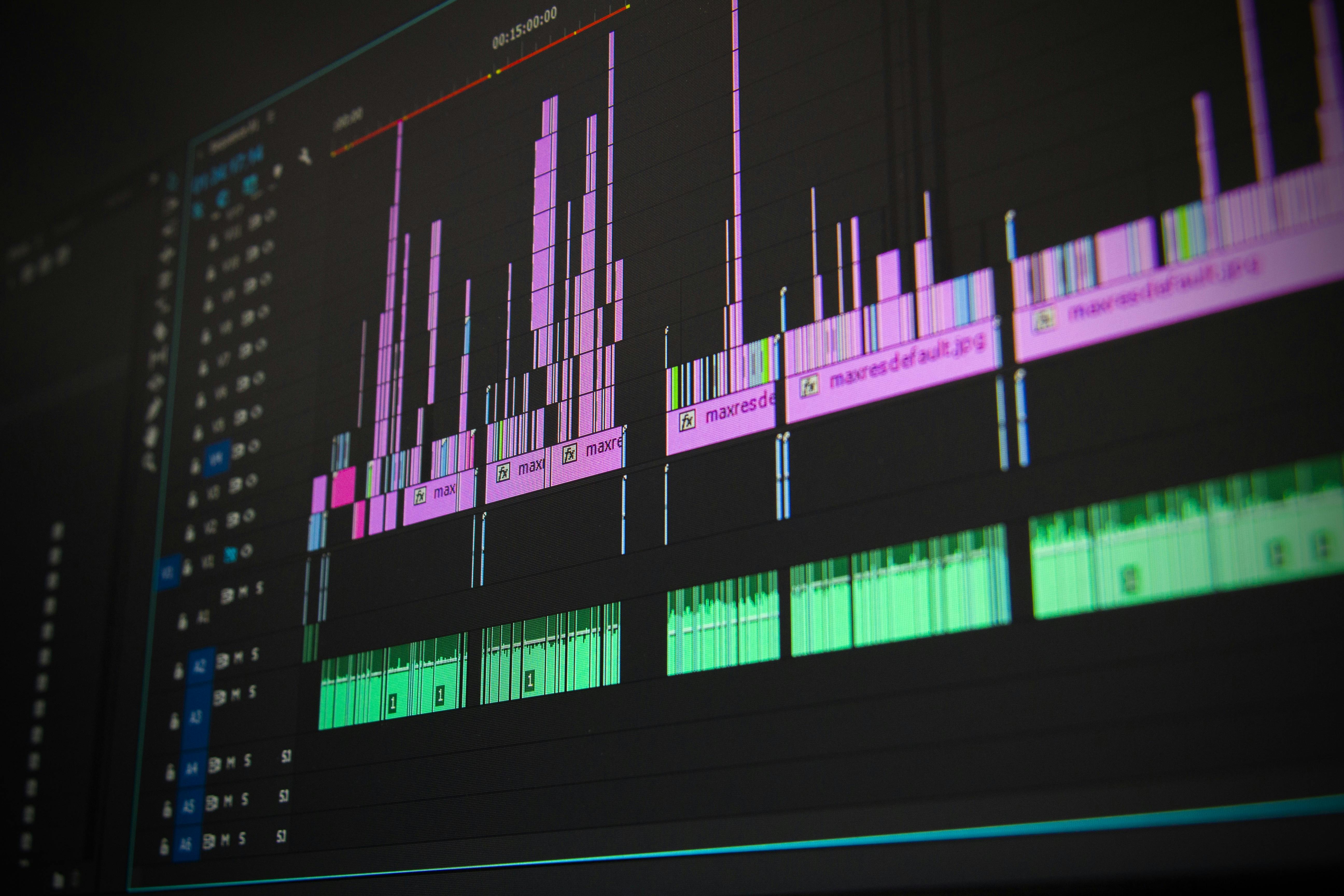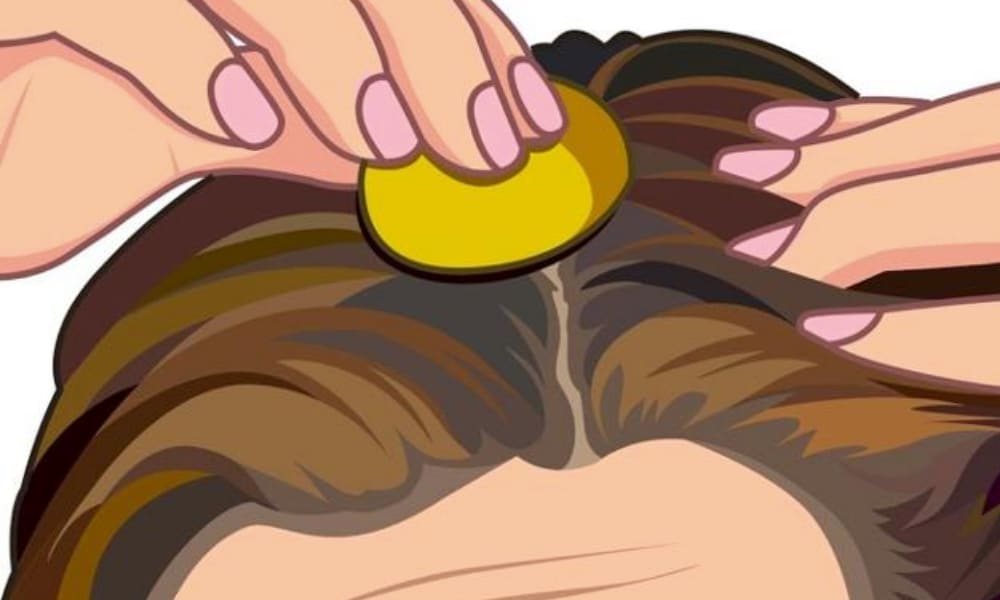Breakthrough in Virtual Reality: A New Era for Performing Arts
The performing arts landscape is continuously evolving, and the latest development that has taken center stage is the integration of Virtual Reality (VR) technology. This revolutionizing tool is creating an immersive experience that is redefining audience engagement and pushing the boundaries of artistic expression.

A Historical Overview
The concept of Virtual Reality dates back to the mid-20th century, when Morton Heilig, a cinematographer, invented the Sensorama, a device considered as the precursor to modern VR. Over the decades, this technology has evolved significantly, with gaming and tech industries being the primary drivers. However, recently, the performing arts industry has started to harness its potential, marking a significant milestone in the field’s history.
The Present Scenario
In the wake of the global pandemic, when traditional theaters were forced to close their doors, artists turned to VR as a platform to continue their craft. This shift has opened up a plethora of opportunities. Companies like the Royal Shakespeare Company and the National Theatre have produced VR performances that have garnered critical acclaim. These shows are not merely plays filmed in 360 degrees but creative productions that utilize the capabilities of VR to enhance storytelling and audience engagement.
The Impact of Virtual Reality on Performing Arts
The incorporation of VR in performing arts has led to a significant transformation in the way we experience art. It provides a level of immersion that traditional theater cannot replicate. With VR, the audience is not just a passive spectator but an active participant in the narrative.
For artists, VR offers a new medium to explore their creativity, allowing them to break free from the physical constraints of a traditional stage. The technological advancements in VR have made it possible to create visually stunning and interactive environments that can adapt and respond to the performer’s actions.
Future Prospects
Even though VR in performing arts is still in its nascent stage, its potential is undeniable. As technology progresses, the scope for creative exploration will only expand, enabling artists to push the boundaries of their craft further. Moreover, as VR becomes more accessible to the general public, it will undoubtedly become a significant part of the performing arts landscape.
In conclusion, the integration of VR in performing arts signifies a new era in this field. It has opened up avenues for artistic exploration, transforming the way we perceive and experience art. As we continue to navigate through these uncharted territories, one thing is certain - the future of performing arts is set to be immersive, interactive, and incredibly exciting.




